Architects must embrace innovation to navigate the evolving landscape of sustainability and safety in building design, argues Elisabeth Montgomerie

Sustainability and safety are becoming intrinsically linked in building design. As technology continues to advance, materials become increasingly innovative, and legislation continues to evolve, this connection will inevitably become even more deep-rooted.
But when there is such stiff competition for new contracts, and with a need for buildings to remain viable for the long term, it’s vital that architects, designers and contractors work together to go beyond mere compliance and demonstrate true excellence.
Achieving this will require going far beyond simply ticking boxes and instead, the pushing of boundaries – a desire to expand horizons beyond routine processes, early adoption of groundbreaking digital tools, and an ability to recognise transformative opportunities before others. The question is: how can we do it?
Regulations are often seen as obstacles – hoops to jump through to get a project off the ground. But what if they were instead seen as catalysts for progress?
Take the UK Government’s push for stricter carbon emissions and safety regulations. The Future Homes Standard, set to mandate low-carbon heating and high energy efficiency, is reshaping how we think about residential developments. The Building Safety Bill ensures more transparent lines of responsibility regarding structural and fire safety, and the UK Green Taxonomy will aim to support sustainable investments while discouraging greenwashing.
Considering what each of these pieces of legislation means in practice will have significant implications for those working in the industry. However, far from being barriers, these regulations create opportunities for forward-thinking professionals. While legislation guides us towards improved standards, professionals must adopt innovative solutions that improve efficiency, sustainability and long-term value beyond what’s currently possible, to position themselves ahead of the competition.
Regulations are often seen as obstacles – hoops to jump through to get a project off the ground.
As we look ahead to the future, developing new and powerful technologies built on the foundations of artificial intelligence (AI) will play a crucial role in accelerating and transforming the UK building industry.
Already, AI is proving revolutionary to our practice, from optimising designs and improving energy efficiency to enhancing long-term performance and supporting data-driven decision-making. We encourage our clients to embrace cutting-edge digital tools, knowing they lead to smarter, more resource-efficient designs. But this is just the beginning. Those able to make the most significant impact on our future are those who recognise technology has no limits and who adopt innovations at pace.
With climate change driving the need for resilient buildings, AI could soon simulate how structures react to extreme weather, improving material selection and durability. New generative design tools may redefine architectural possibilities, while AI-driven behaviour monitoring could transform emergency response strategies, making buildings safer for occupants. Anything that supports the industry to equally balance sustainability and safety without compromising the quality of the building itself will help shape our support for clients.
So, while we’re yet to see exactly where the future will take us when it comes to technology, the only limit we see to its potential is how quickly businesses are willing to adopt these innovations.
When considering a building’s sustainability and safety, we often focus on its energy efficiency, fire resistance, or structural integrity. But what about its very skin – its facade? Could the building envelope itself be a powerhouse for sustainability?
The answer is a resounding yes. The latest developments in facade design offer significant potential to minimise carbon emissions while protecting the users of a building, too. For example, integrated solar panels improve thermal performance while reducing reliance on external energy sources. Carbon-capturing materials absorb CO2, while biophilic elements like green walls enhance air quality and biodiversity. Meanwhile, recyclable aluminium cladding and modular facade systems promote circular economy principles by allowing materials to be reused and reconfigured.
This is, of course, just one small part of a building’s overall footprint. But by taking a holistic view and analysing and improving each element to the best of our ability, the industry can take a collective step forward towards improved outcomes in both sustainability and safety.
Those able to make the most significant impact on our future are those who recognise technology has no limits and who adopt innovations at pace.
Change is never easy, especially in an industry where traditional practices often feel safer and more familiar. But as the environmental and social impacts of construction become more evident, one thing is certain: staying still is not an option.
Whether it’s switching from favoured brands to emerging materials or leveraging the very latest digital tools and technologies, professionals must be willing to push their boundaries of creativity and design. Doing so will not only help them overcome sustainability and safety requirements in line with regulatory requirements but will demonstrate their desire to go much further.
Ultimately, the future of building design is not just about compliance. It’s about leadership. It’s about breaking down the limits of what is possible now to create spaces that serve both people and the planet well into the future.
Postscript
Elisabeth Montgomerie is sustainability director at AESG


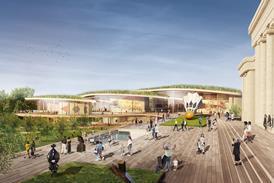
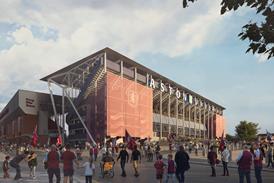
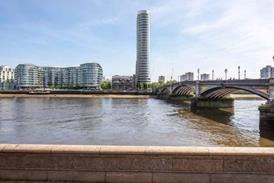


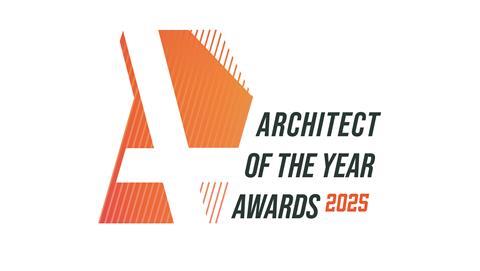
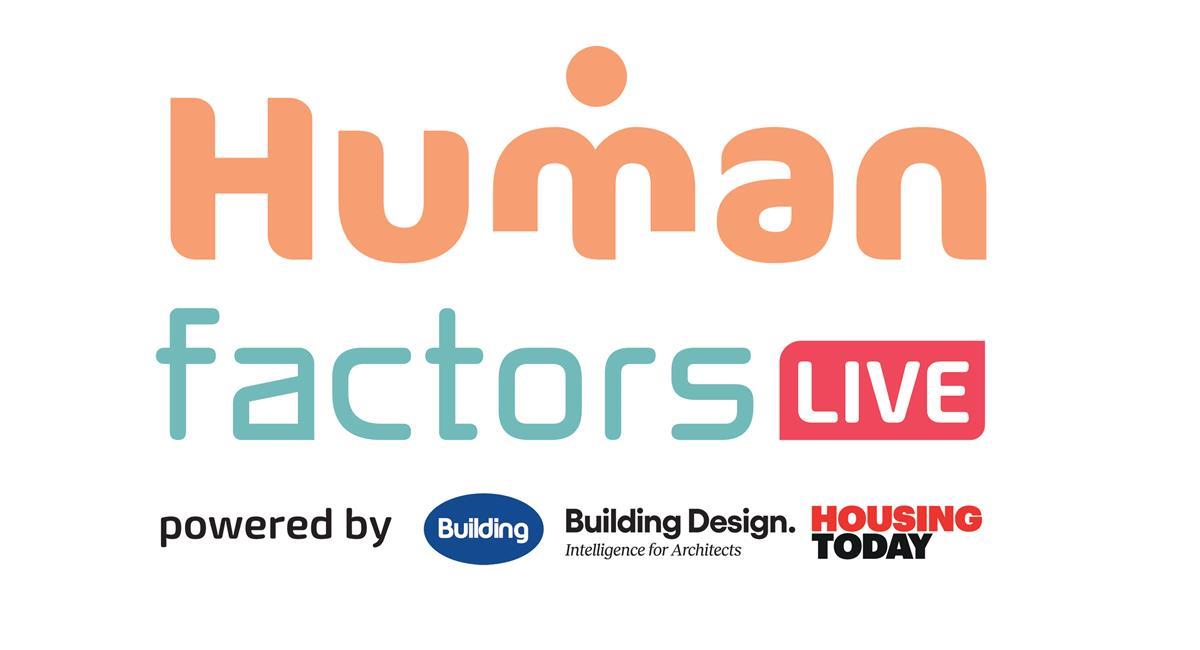







No comments yet